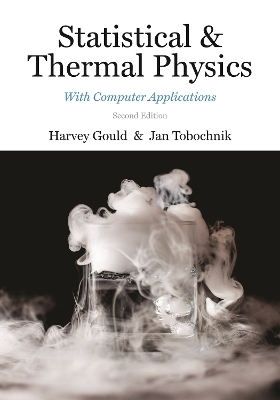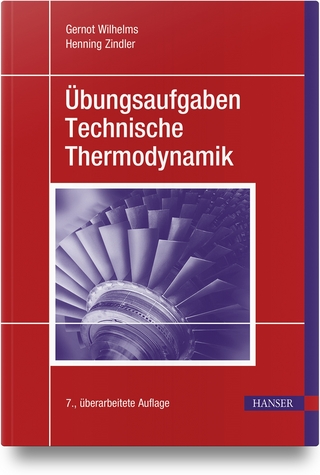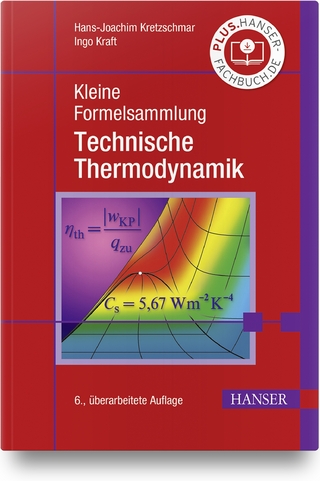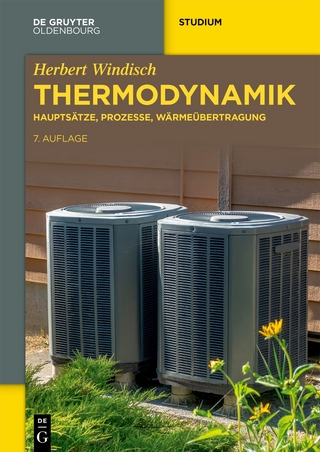
Statistical and Thermal Physics
With Computer Applications, Second Edition
Seiten
2021
|
School edition
Princeton University Press (Verlag)
978-0-691-20189-4 (ISBN)
Princeton University Press (Verlag)
978-0-691-20189-4 (ISBN)
A completely revised edition that combines a comprehensive coverage of statistical and thermal physics with enhanced computational tools, accessibility, and active learning activities to meet the needs of today's students and educators
This revised and expanded edition of Statistical and Thermal Physics introduces students to the essential ideas and techniques used in many areas of contemporary physics. Ready-to-run programs help make the many abstract concepts concrete. The text requires only a background in introductory mechanics and some basic ideas of quantum theory, discussing material typically found in undergraduate texts as well as topics such as fluids, critical phenomena, and computational techniques, which serve as a natural bridge to graduate study.
Completely revised to be more accessible to students
Encourages active reading with guided problems tied to the text
Updated open source programs available in Java, Python, and JavaScript
Integrates Monte Carlo and molecular dynamics simulations and other numerical techniques
Self-contained introductions to thermodynamics and probability, including Bayes' theorem
A fuller discussion of magnetism and the Ising model than other undergraduate texts
Treats ideal classical and quantum gases within a uniform framework
Features a new chapter on transport coefficients and linear response theory
Draws on findings from contemporary research
Solutions manual (available only to instructors)
This revised and expanded edition of Statistical and Thermal Physics introduces students to the essential ideas and techniques used in many areas of contemporary physics. Ready-to-run programs help make the many abstract concepts concrete. The text requires only a background in introductory mechanics and some basic ideas of quantum theory, discussing material typically found in undergraduate texts as well as topics such as fluids, critical phenomena, and computational techniques, which serve as a natural bridge to graduate study.
Completely revised to be more accessible to students
Encourages active reading with guided problems tied to the text
Updated open source programs available in Java, Python, and JavaScript
Integrates Monte Carlo and molecular dynamics simulations and other numerical techniques
Self-contained introductions to thermodynamics and probability, including Bayes' theorem
A fuller discussion of magnetism and the Ising model than other undergraduate texts
Treats ideal classical and quantum gases within a uniform framework
Features a new chapter on transport coefficients and linear response theory
Draws on findings from contemporary research
Solutions manual (available only to instructors)
Harvey Gould is Professor Emeritus of Physics at Clark University. Jan Tobochnik is the Dow Distinguished Professor of Natural Science at Kalamazoo College. They are the coauthors, with Wolfgang Christian, of An Introduction to Computer Simulation Methods: Applications to Physical Systems.
| Erscheinungsdatum | 06.10.2021 |
|---|---|
| Zusatzinfo | 105 line illus. 35 tables. |
| Verlagsort | New Jersey |
| Sprache | englisch |
| Maße | 178 x 254 mm |
| Themenwelt | Naturwissenschaften ► Physik / Astronomie ► Thermodynamik |
| ISBN-10 | 0-691-20189-7 / 0691201897 |
| ISBN-13 | 978-0-691-20189-4 / 9780691201894 |
| Zustand | Neuware |
| Haben Sie eine Frage zum Produkt? |
Mehr entdecken
aus dem Bereich
aus dem Bereich
Hauptsätze, Prozesse, Wärmeübertragung
Buch | Softcover (2023)
De Gruyter Oldenbourg (Verlag)
44,95 €


